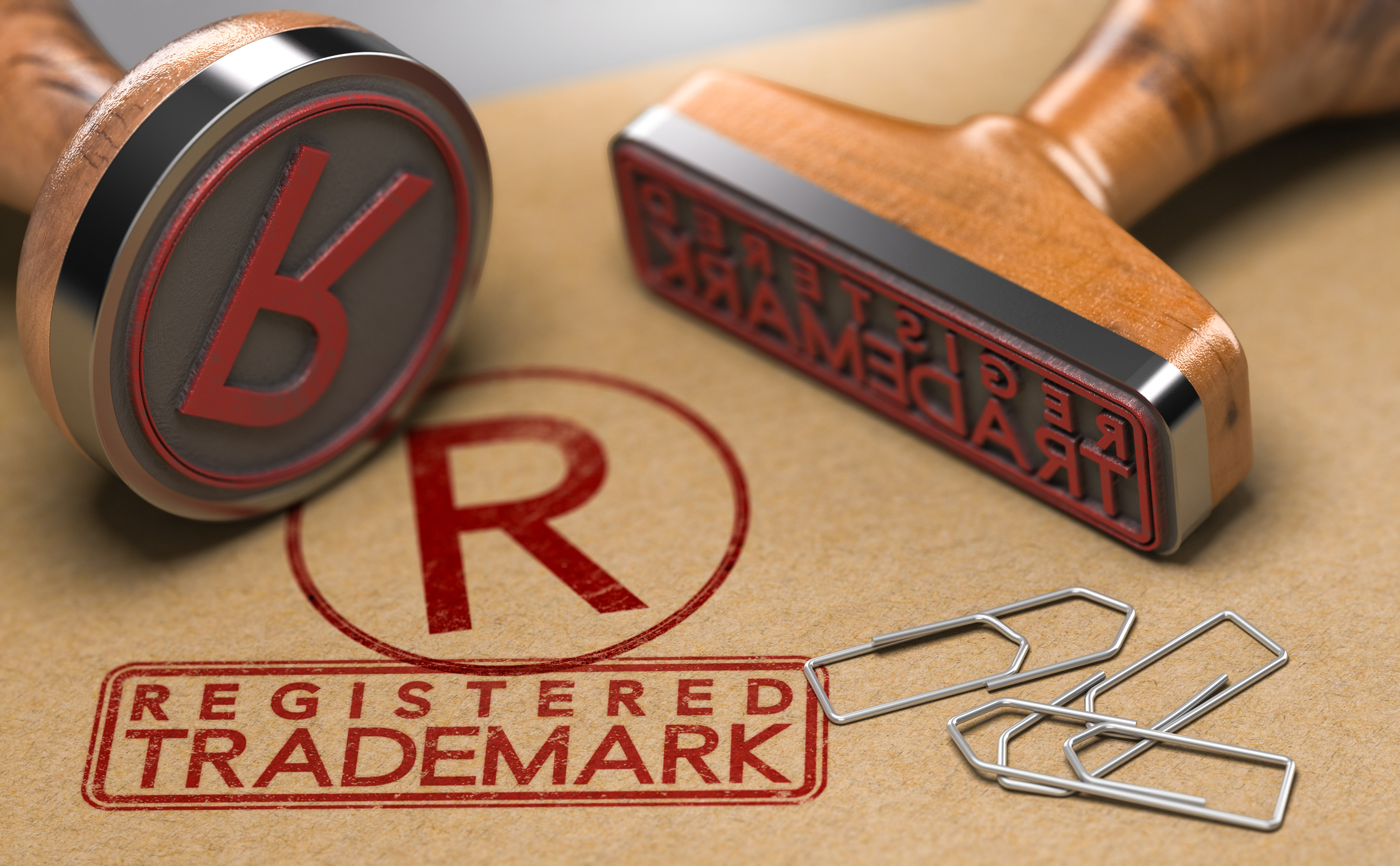3 ways US and UK trade mark application processes differ
3 ways US and UK trade mark application processes differ
In both the US and the UK, trade mark law (spelled “trademark” in the US) exists to protect symbols, names, and slogans when used in connection with goods or services. Trade mark law is designed to protect marks from use by competitors in ways that would confuse consumers.
At Bouwen, we regularly apply for US trademark protection as part of our basic service offering for UK clients. From our experience, UK clients are confused by 3 significant differences in the way that US and UK trademark applications are processed:
1. Classification of goods. In both the US and the UK, when registering a trademark, applicants must specify the goods or services with which they intend to use the mark. Both jurisdictions use the Nice Classification system, which consists of 45 classes (34 for goods and 11 for services). However, the US trademark office requires greater specificity in the identification of goods or services. Broad or indefinite class headings from the Nice Classification are typically not acceptable. Instead, detailed descriptions, typically drawn from the USPTO’s “Trademark ID Manual,” are required. If the US trademark examiner believes that the description is too broad or does not accurately describe the goods or services for which a specimen has been provided (see below), the examiner will either reject the application or propose a modified description that would be considered acceptable.
2. Proof of use. In both the US and the UK, a registered mark must actually be in use to enjoy protected status. However, the procedure for establishing use differs. In the US, a trademark applicant must provide a “specimen” showing the mark in use in connection with the applied for goods or services. This is usually done by uploading a picture of the mark on each product or its packaging, for each applied-for category. A Declaration of Use must thereafter be periodically filed. (The US permits the filing of an “Intent to Use” application, which does not require that a specimen be immediately provided. However, an Intent to Use application simply extends by 6 months the requirement that a specimen be provided.) In the UK, a specimen does not need to be submitted at the time of application, nor are you required to offer evidence of your intent to use the mark. However, if the mark is not used within five years of registration, it can be subject to revocation.
3. Processing times. In the US, the processing time for a trademark application is frequently more than a year, from start to finish. In the UK, the processing time is usually only 3 to 6 months.
It should be noted that trademark rights are country specific. Thus, your UK trade mark affords no protection against a competitor’s use of the mark in the US. To obtain US protection for your registered mark, you need to separately register for a trademark at the USPTO, either via the Madrid Protocol or by direct application.


